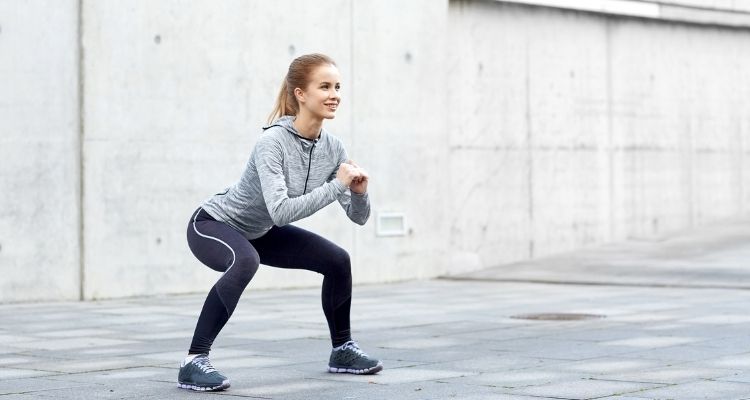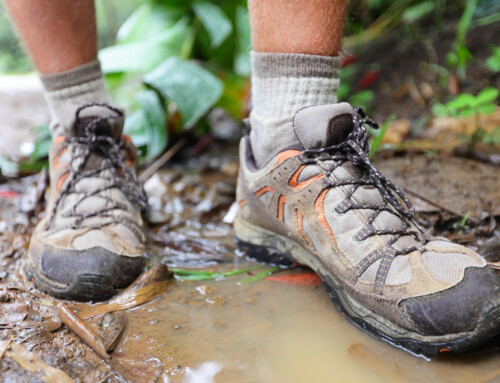By Ryan Telian, SPT
What Is A Squat Exercise?
The squat is an exercise that very closely mimics activities that we see in our daily lives. Every day movements such as getting in and out of a chair, going up stairs, walking, and many more can be made easier by implementing the squat exercise into your workout routine. It is also important for athletes, as the squat mimics movements we may see on the court or field.
In addition to sharing similar movement patterns to other tasks, the squat is an overall great muscle builder for the lower extremities. It is also great for balance and core strengthening. The squat has unfortunately gained a bad reputation as an exercise that leads to injury. The reality is that poor mechanics and inappropriate weight selection is the main culprit here. When performed correctly, the squat is a safe and effective exercise for improving strength and endurance in individuals across many demographics.
How to Squat
To perform the squat, start by placing your feet shoulder width apart or slightly more. Point your toes out slightly (10-15 degrees). Put your arms straight out in front of you, at your sides, or across your chest. Squat down as low as you can while maintaining balance. Keep your entire foot planted on the ground for the duration of the movement. Allow your knees to travel in the same direction your toes are pointed in. Once the desired depth is reached, stand back up. Repeat.
Adding Weight
Once you’re comfortable performing this exercise with just your body weight, you can begin to add resistance. Its important to make small jumps that are within both your comfort level and also allow you to still perform the exercise correctly. If you start feeling like you are losing your balance or have trouble maintaining proper form, you should lower the weight. The addition of weight can take many forms. Most often seen is the addition of a barbell across the upper back, the back squat. Some might hold a dumbbell in their hands against the chest, the goblet squat. These are just two examples. There are many different forms that the squat can take. At home, use household objects such as a milk jug with water for your resistance.
Squatting Tips:
- Stay tight for the entire motion! If you are relaxing at the bottom of the squat, you are probably squatting too deep.
- Start slow until you get used to the movement. 3-5 seconds on the way down, 3-5 seconds on the way up
- On the way down, bend your knees and hips at the same time, on the way up they should lock out at the same time.
- Don’t allow your knees to buckle or cave in. Add a resistance band around your knees to help. The band will try to pull your knees in; don’t let it!
- Breathe! Inhale on the way down and exhale on the way up.
Role of physical therapy:
Physical therapy can offer education to the patient regarding proper foot placement, alignment of different joints, and depth of the squat itself. We also can offer cues if we notice deviations from proper form. A physical therapist will also guide you to find the most appropriate variation of the squat most suitable for your goals.
For more information on understanding what a squat exercise is and how proper execution can help you in avoiding injury and strengthening your core, Capital Area Physical Therapy at (518) 289-5242.






